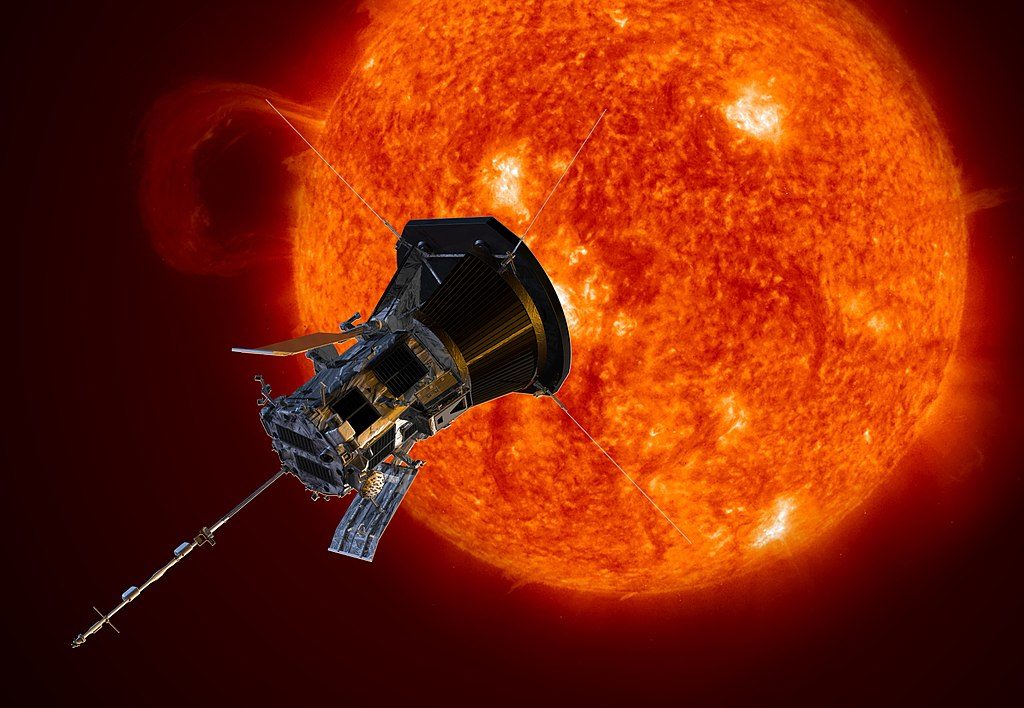Here we have the third video I wanted to share today regarding the Parker Solar Probe. This video is titled “It’s Surprisingly Hard to Go to the Sun” and covers, in pretty simple terms, the actual difficult faced in going to the Sun from Earth.
Orbital mechanics is a funny thing – to go higher in an orbit, you speed up. To go lower in an orbit, you slow down. By that logic, going out in the solar system is easy – you just speed up! That means that going to the inner solar system is also easy, right? You just slow down.
Well, not quite. If you want to go to Venus, Mercury or, in this case, the Sun, you have to lose quite a bit of orbital momentum already gained from the fact that you’re launching from Earth – you already have that energy by default! This means when launching, you have to slow down… a lot.

Anyone who has played Kerbal Space Program will understand this in simple form, but it’s really crazy just how much energy actually has to be lost to slow down to get to an orbit close to the Sun. Even then the Delta IV Heavy vehicle launching the Parker Solar Probe can only do so much – it’s mission is to put the probe on a path towards the planet Venus, and to use its gravity to slow down the Parker Solar Probe over several years until it reaches the desired orbit.
So, it will take time, but that time spent will be worth it, just as was the time waiting for New Horizons to reach Pluto, or the time it too the Voyager spacecraft to reach the outer planets.
Hopefully what I said above, combined with this video, will give you a good understanding on just how amazing these missions are, and why rocketry isn’t as simple as some people think it is. It’s more than just raw power. The payload has to be in the right place at the right time.
